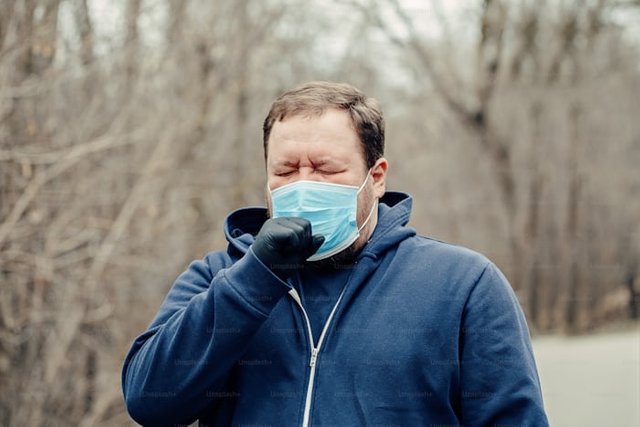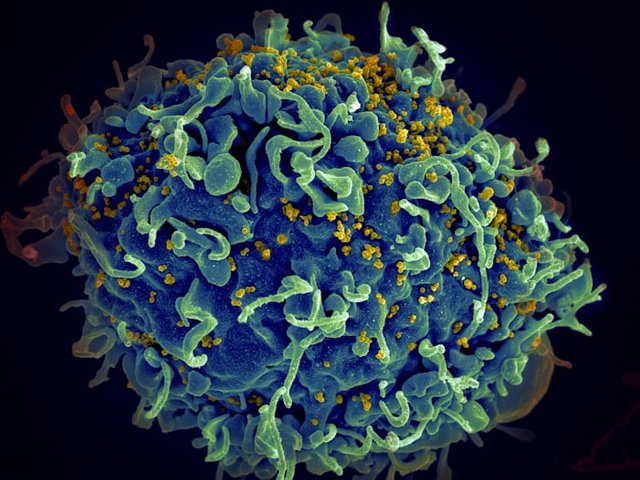Health Matters; infectious diseases
introduction
It another wonderful opportunity to write again in this community though it being a while I write here I want to join in this contest pls do well to engage in reading on it and your necessary contributions if any I ll abide by the writing rules
. thank you guys so much see you at the end.
What do you know as infectious diseases?

Infectious diseases are sickness caused by microbe such as bacteria, viruses, fungi, and other parasites. These sickness can be communicable that is to say it can be spread directly or indirectly from one person to another, or through vectors such as mosquitoes,tick or even though air . Some common examples of infectious diseases include the flu, tuberculosis, malaria, HIV/AIDS, and even COVID-19. Symptoms of infectious diseases can vary widely depending on the specific sickness and the individual's immune system, but may include fever, cough, fatigue, and body aches. Treatment for infectious diseases often involves the use of antibiotics, antiviral medications, or other specific drugs to target the underlying microorganism causing the sickness.
How do infectious diseases spread, and what measures can individuals take to prevent transmission?

Infectious diseases are sometimes communicable diseases that can spread through direct contact, indirect contact, or vector-borne transmission. Direct contact involves close contact with an infected person, while indirect contact occurs when an infected person touches a contaminated surface or an object, and a healthy person touches the same surface or object. Vector-borne transmission happens when an infected person is bitten by an infected vector, such as a mosquito or tick, and the vector then transmits the infectious agent to a healthy person. One can take several measures to prevent the transmission of infectious diseases, including practicing good hygiene, covering their mouth and nose when coughing or sneezing, staying home when sick, getting vaccinated, practicing safe sex, using insect repellent, and keeping their environment clean.this are some the measures to prevent ourselves from being infected by infectious disease.
What are the differences between bacterial and viral you infections, and how does this impact treatment strategies?
Bacterial and viral infections differ in the type of microbe causing the infection, the way the infection is communicated, and the signs and course of the sickness. Bacterial infections are gotten from bacteria, while viral infections are brought from viruses. Bacterial infections are typically transmitted through direct or indirect contact with an or contaminated surface or object, while viral infections can be transmitted through direct or indirect contact with an infected person or through vectors such as mosquitoes or ticks. Symptoms of bacterial and viral infections can include fever, fatigue, body aches, and inflammation at the area of the infection. Treatment for bacterial infections often involves the use of strong antibiotics to kill or inhibit the growth of the bacteria causing the infection, while treatment for viral infections may involve the use of virucidal medications to target and inhibit the reproduction of the virus causing the infection. The specific symptoms and course of the illness can also effect treatment strategies, as different infections may require different types of supportive care and administration.
How do socioeconomic factors influence the prevalence and impact of infectious diseases in different communities?

Socioeconomic factors substantially influence the prevalence and effect of infectious diseases in various communities. Access to healthcare, sanitation, nutrition, education, and economic opportunities all play a vital role. Poor healthcare facilities, sanitation practices, undernutrition, limited education, and poverty can raise the risk of disease. These factors can lead to higher rates of diseases such as tuberculosis, malaria, and HIV/AIDS. By mitigating these factors, communities can reduce the risk of infectious diseases and improve public health outcomes altogether.
conclusion
Ill appreciate each and everyone of you who took out time to engage on this post you are wonderful but before I stop my writing I'll love to invite my friends to join me in this contest
@newekemini5
@missyleo
@inemesituwah
https://x.com/wisdom489984/status/1815784400262422897?t=j9QRlqt4btWMyPOtDEH0pw&s=19